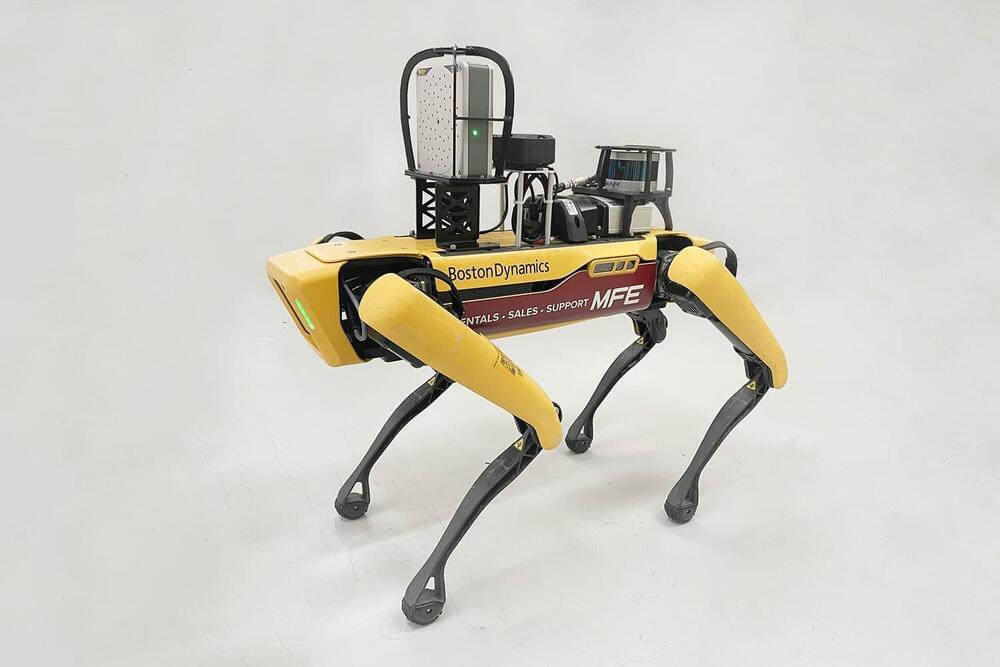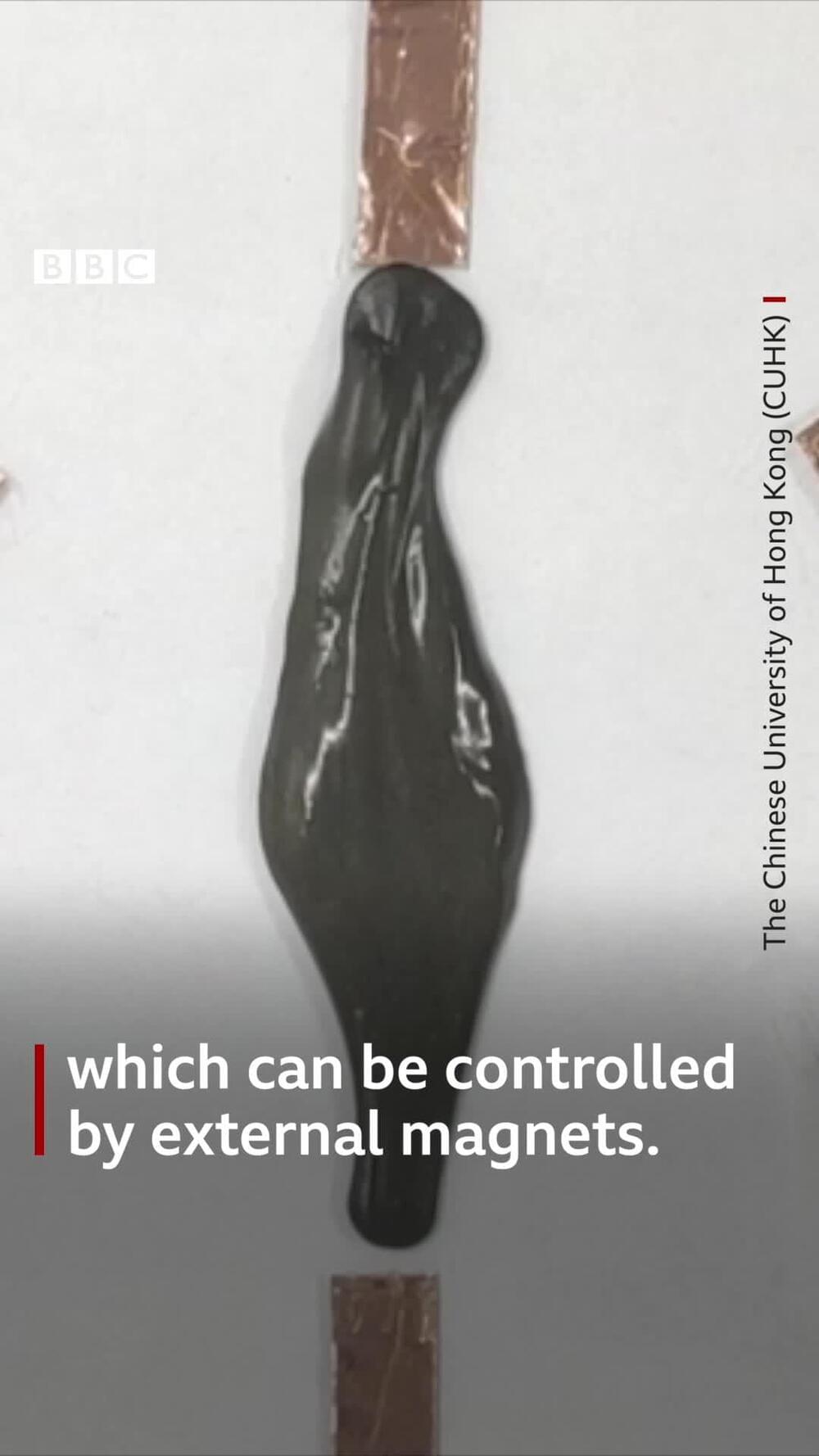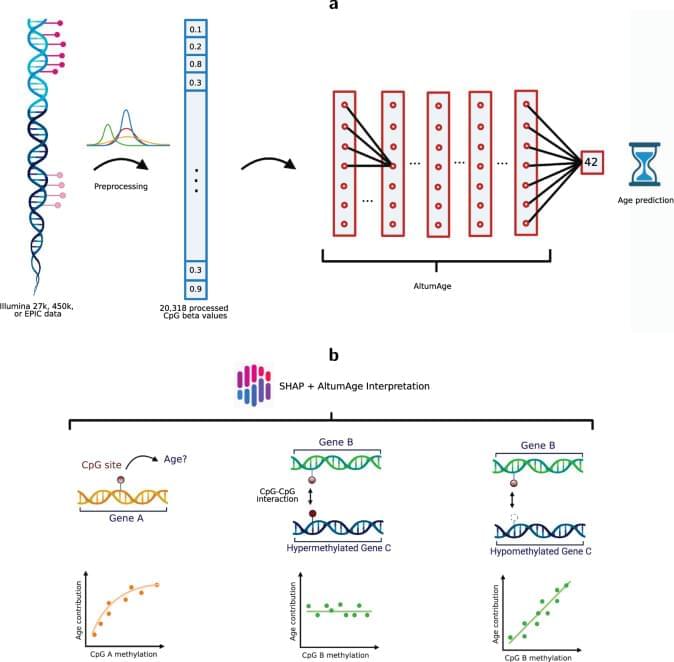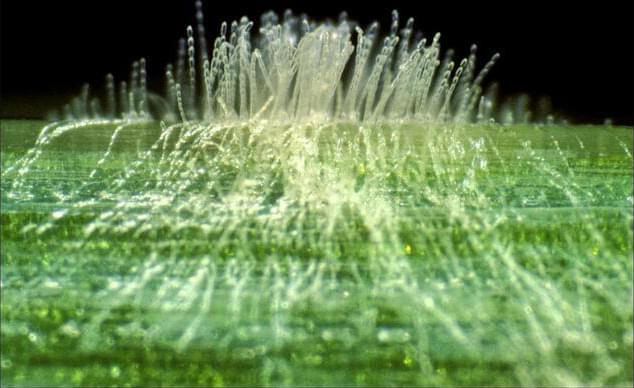Teledyne FLIR Defense has announced the partnership with MFE Inspection Solutions to integrate the FLIR MUVE C360 multi-gas detector on Boston Dynamics’ Spot robot and commercial unmanned aerial systems (UAS). The integrated solutions will enable remote monitoring of chemical threats in industrial and public safety applications.
The compact multi-gas detector can detect and classify airborne gas or chemical hazards, allowing inspection personnel to perform their job more safely and efficiently with integrated remote sensing capabilities from both the air and ground.
MUVE C360 is designed to operate on Boston Dynamics‘Spot mobile robot, which can autonomously inspect dangerous, inaccessible, or remote environments. It is also compatible with common commercial UAS systems, which allow operators to fly the C360 into a scene to perform hazard assessments in real-time.









